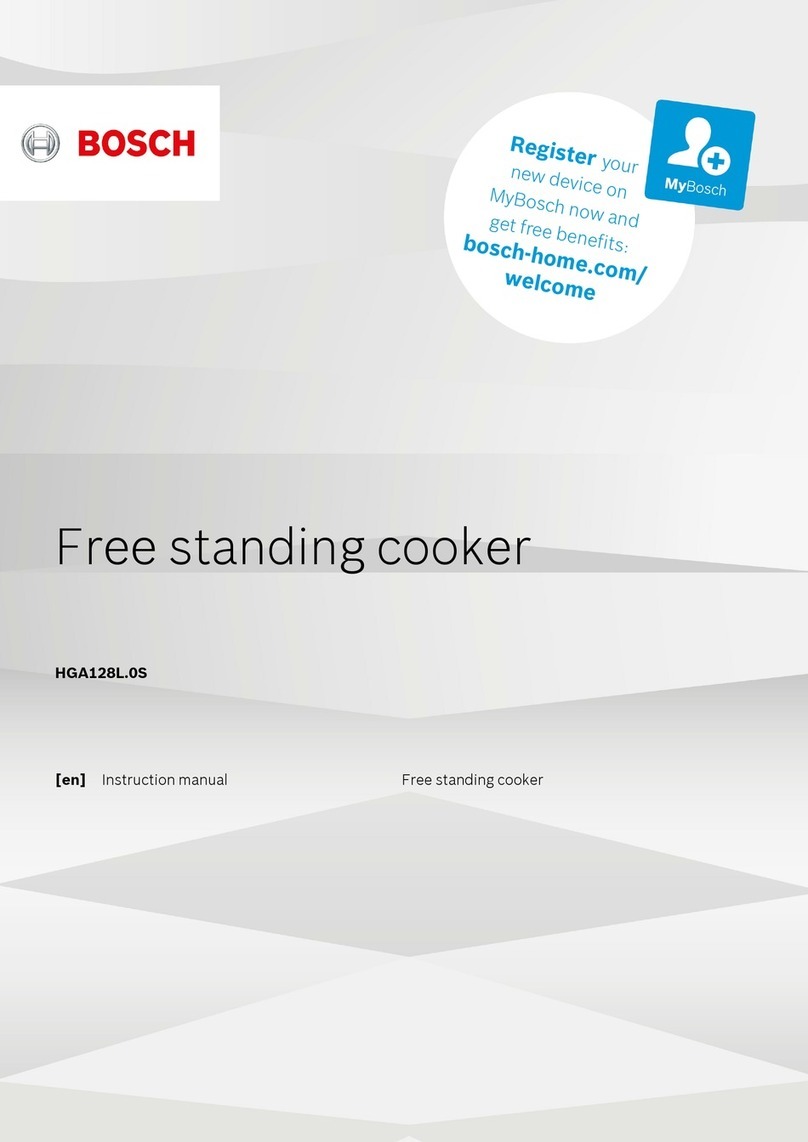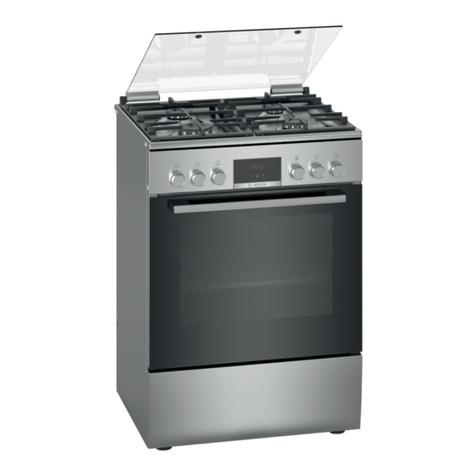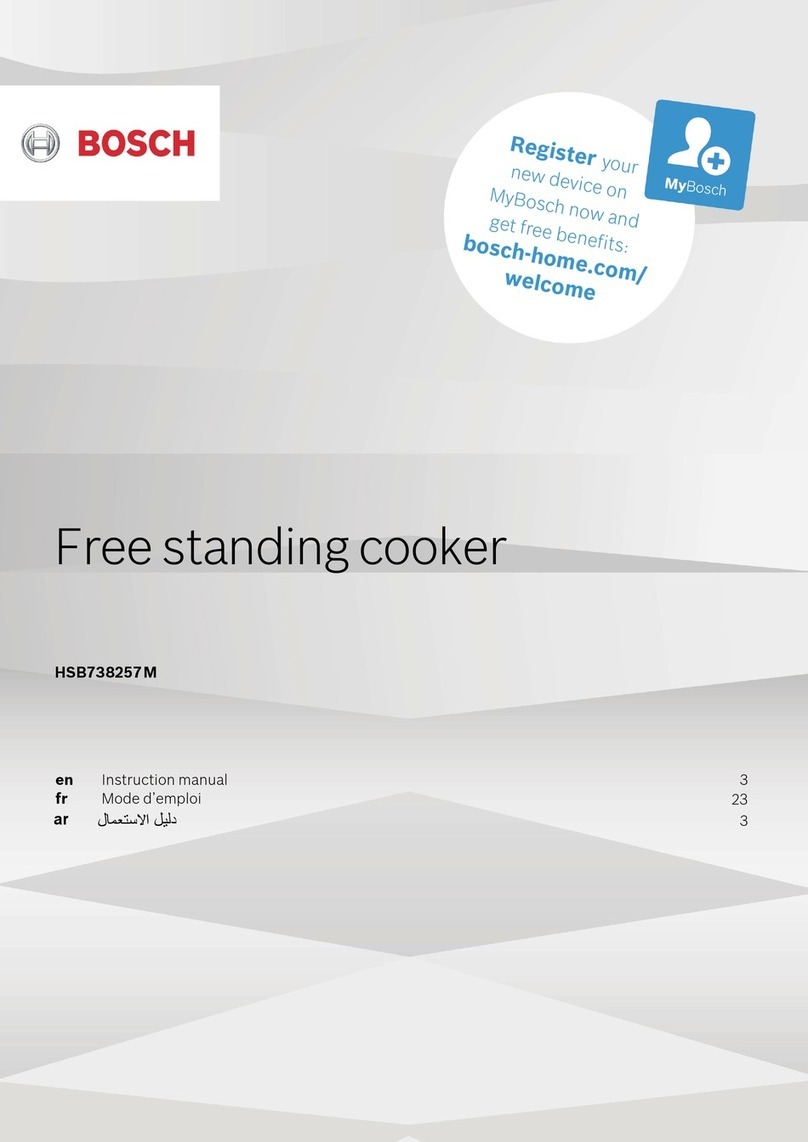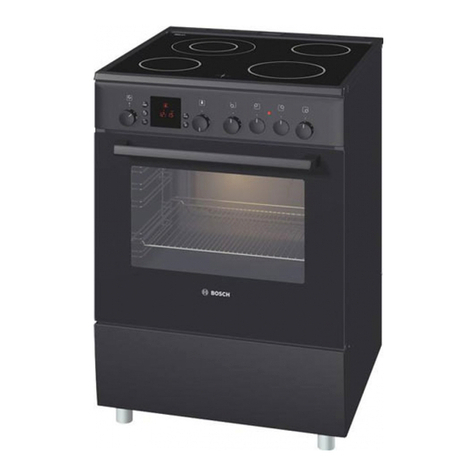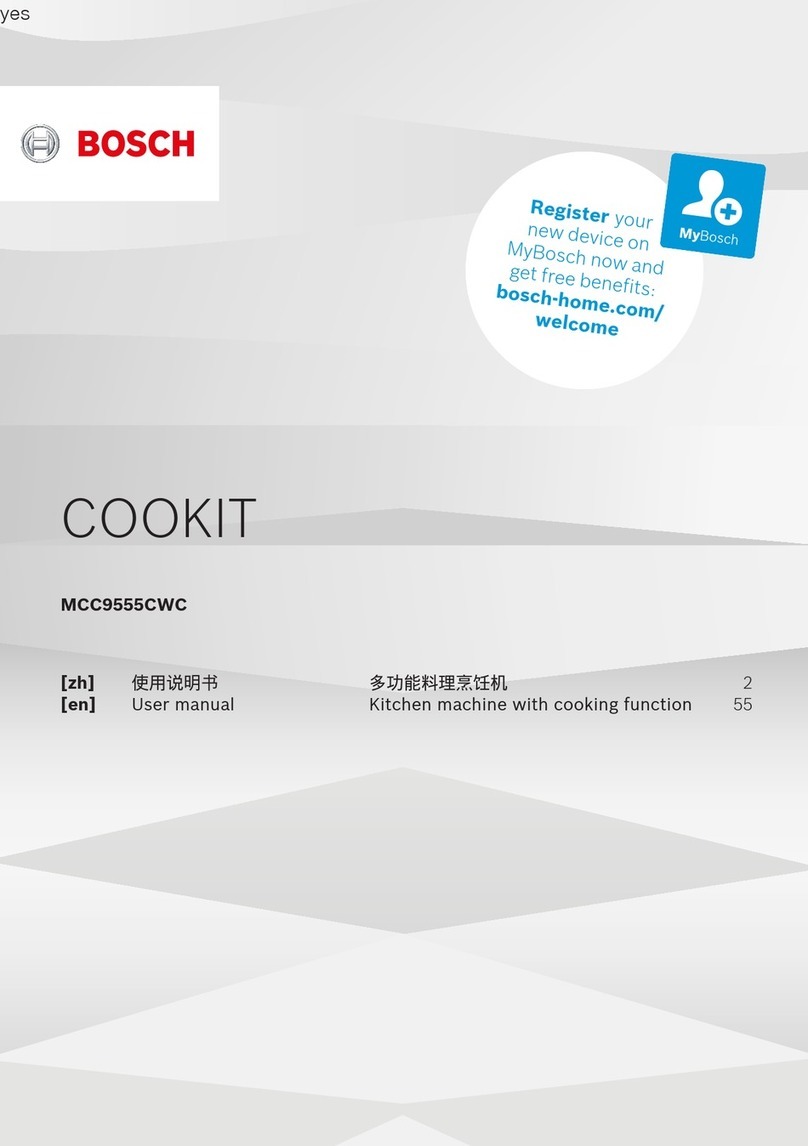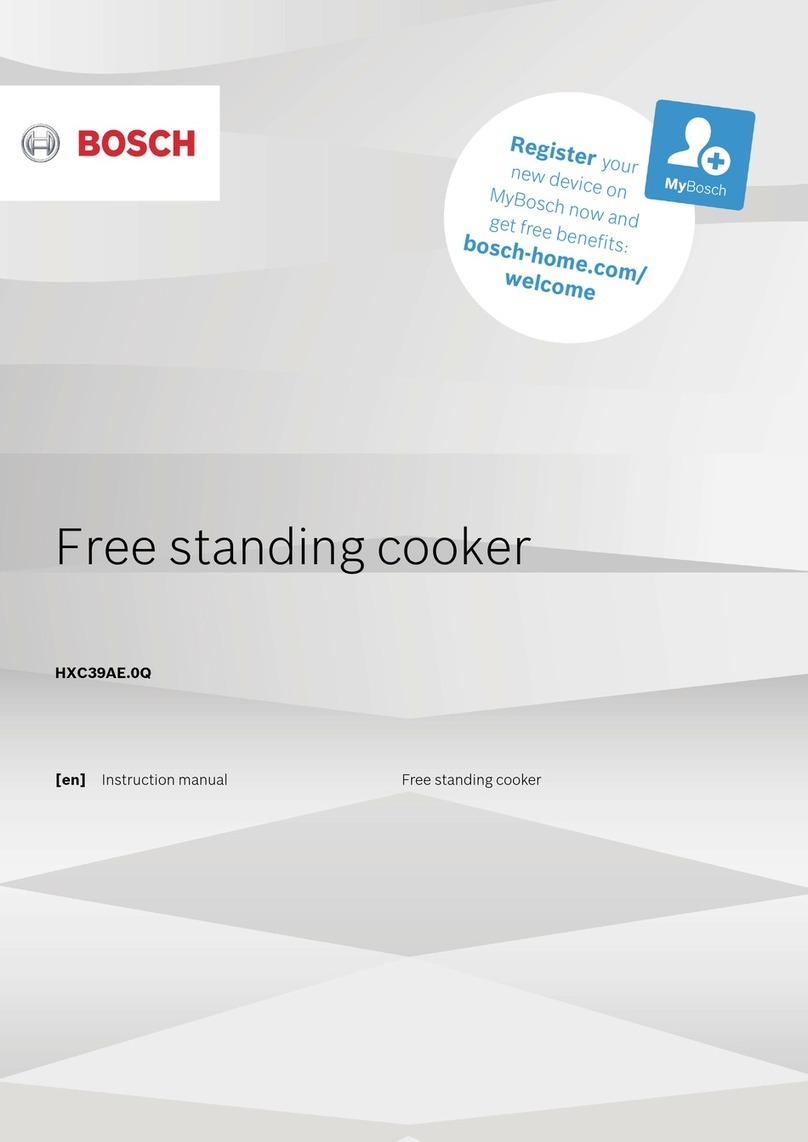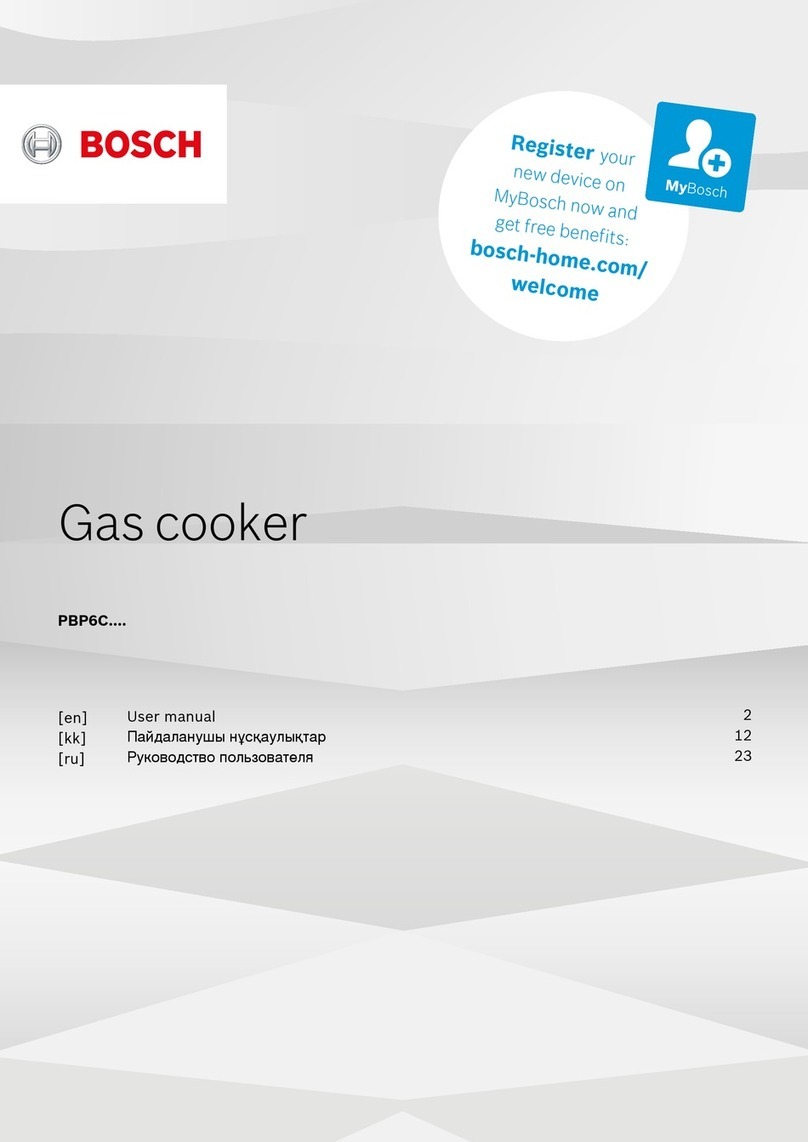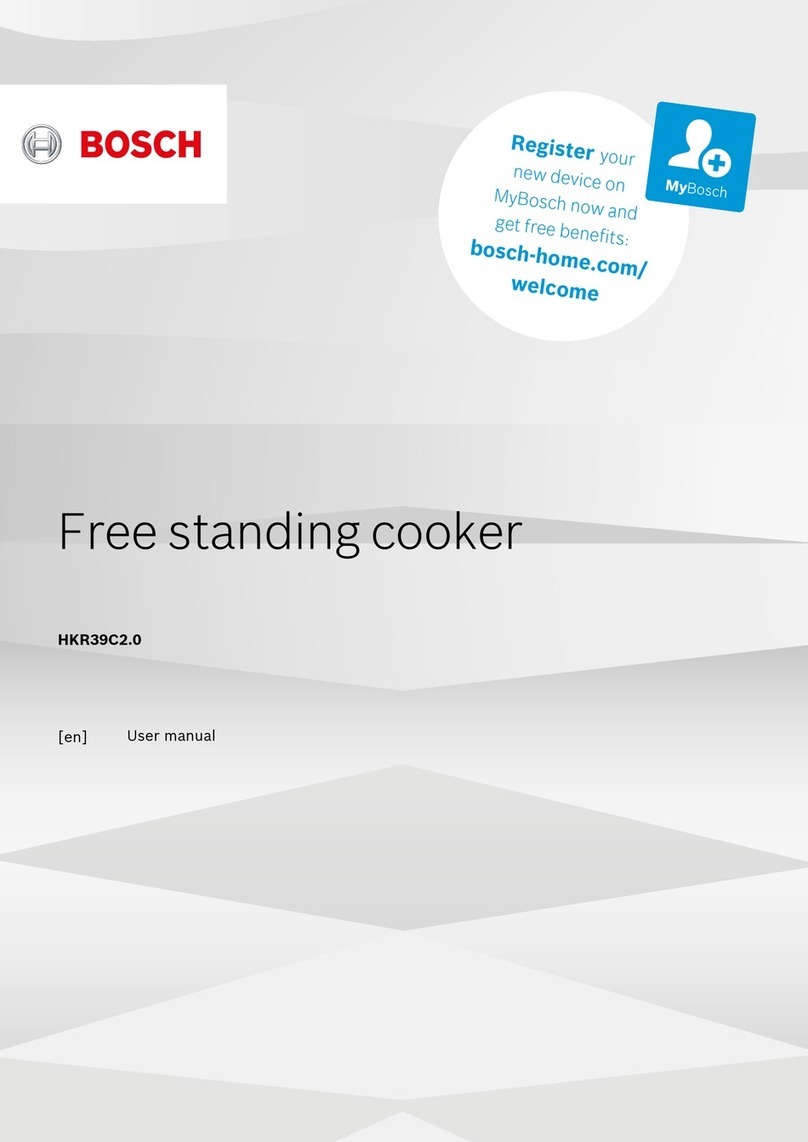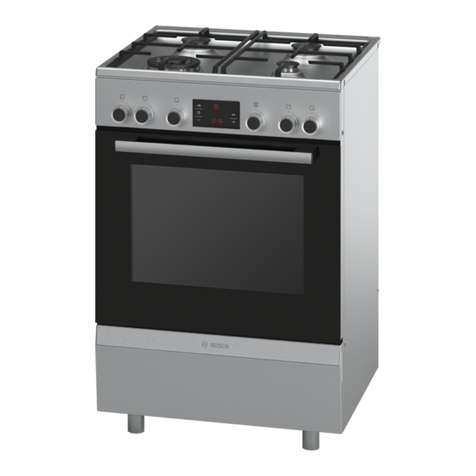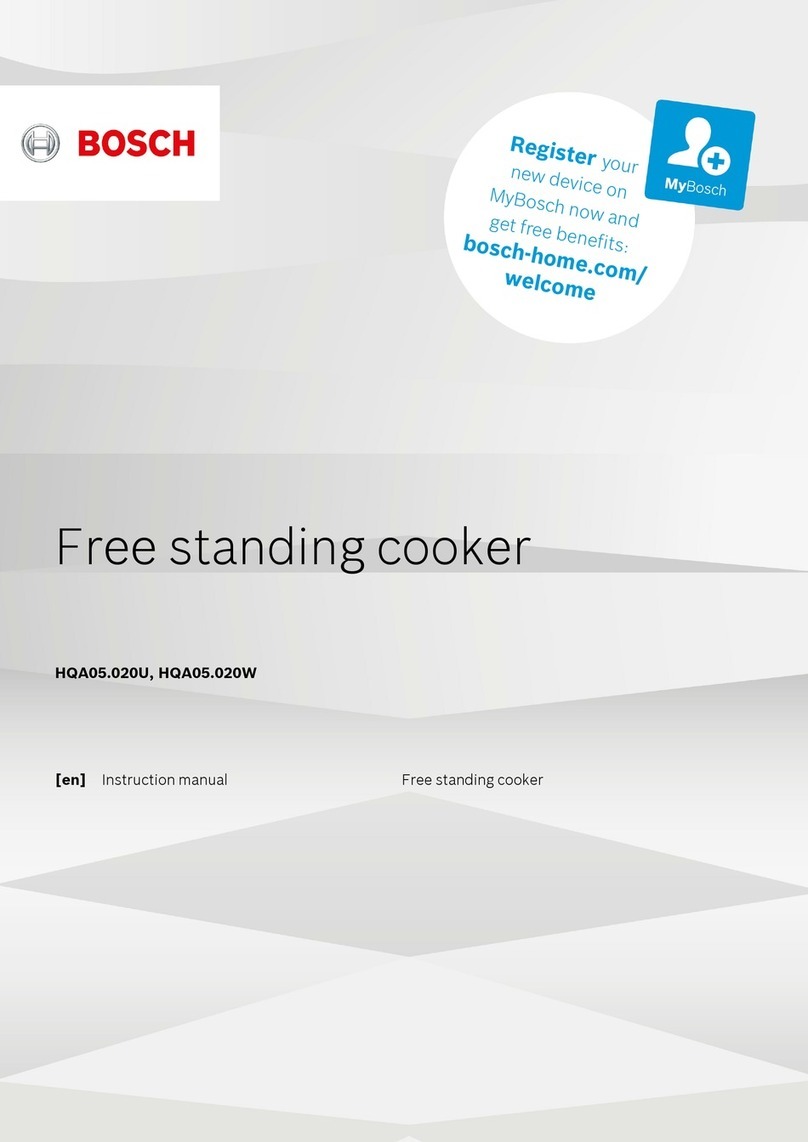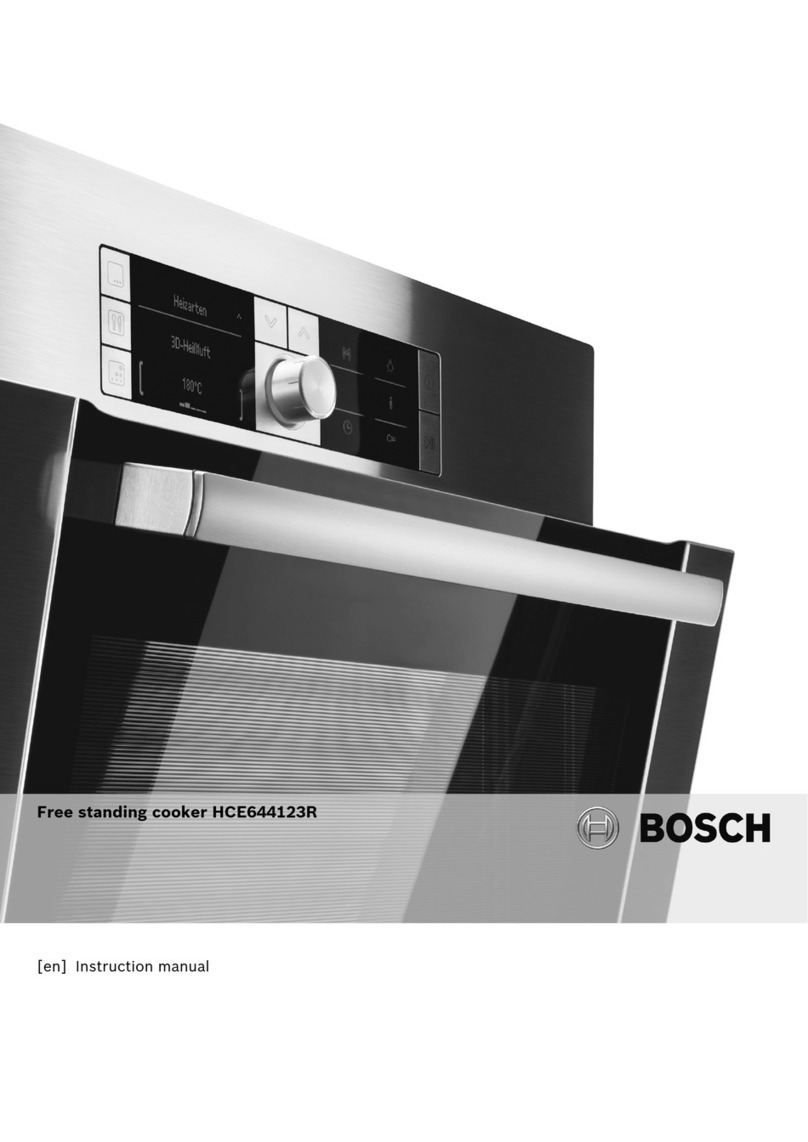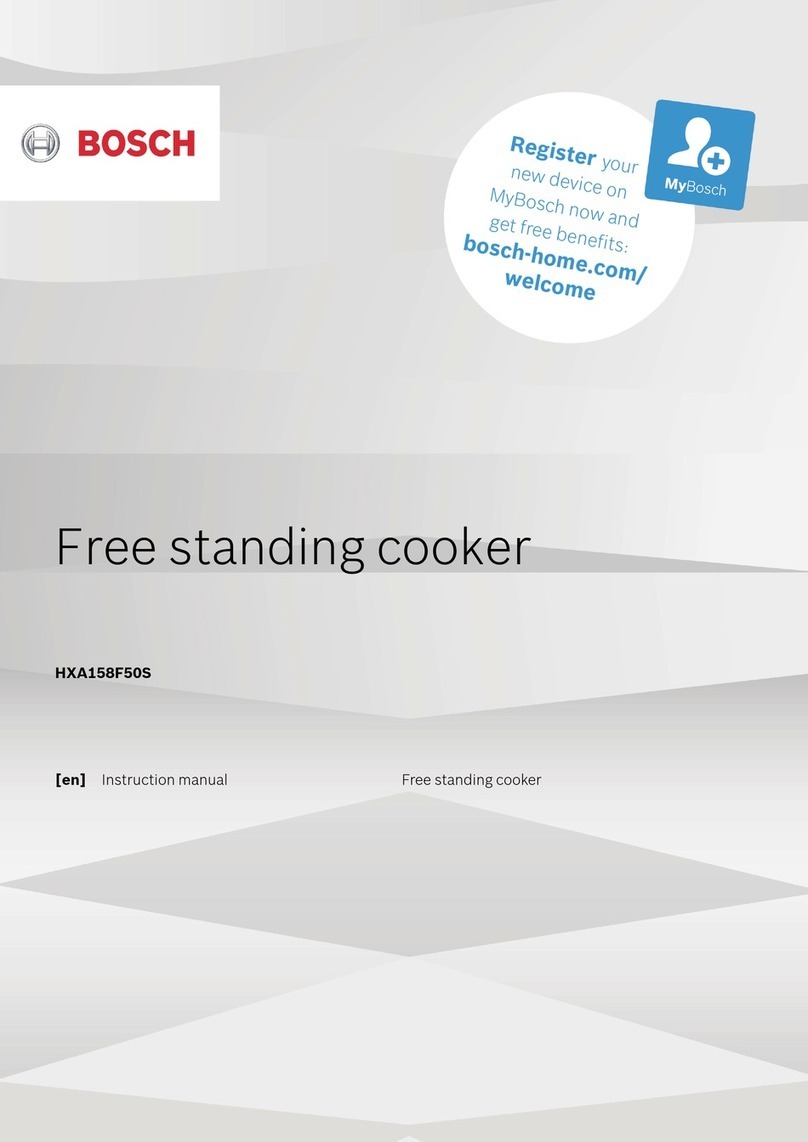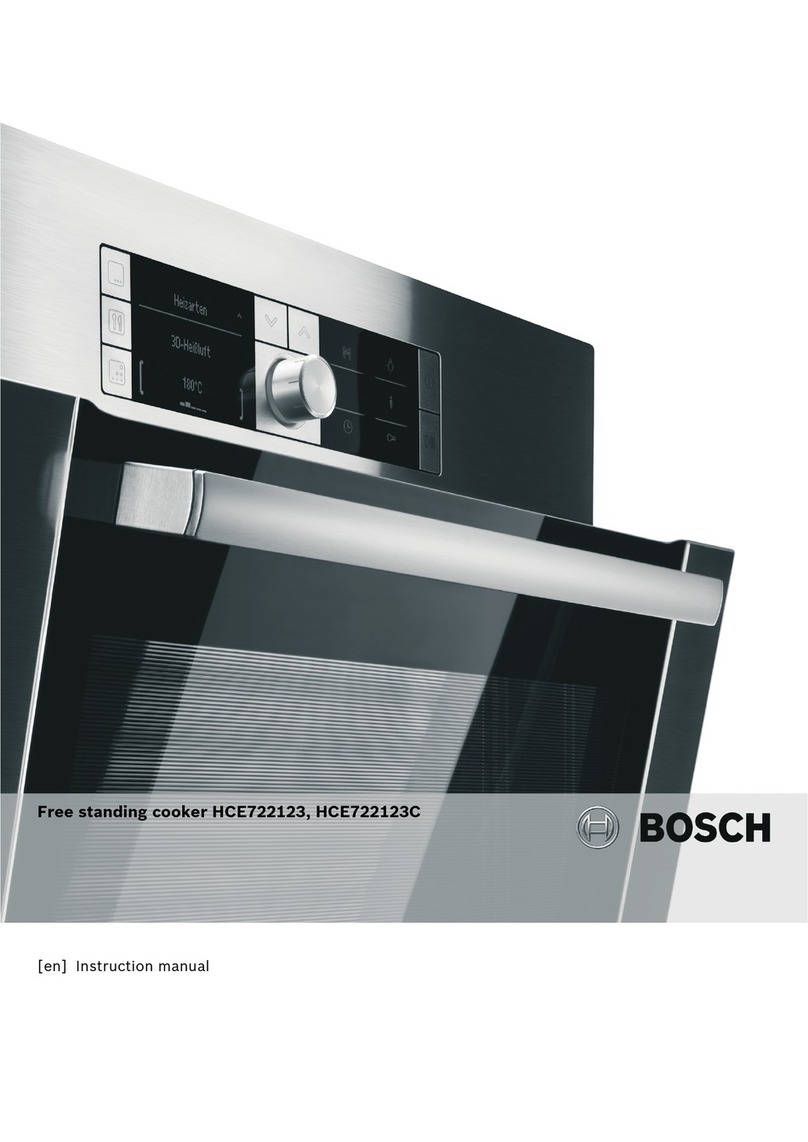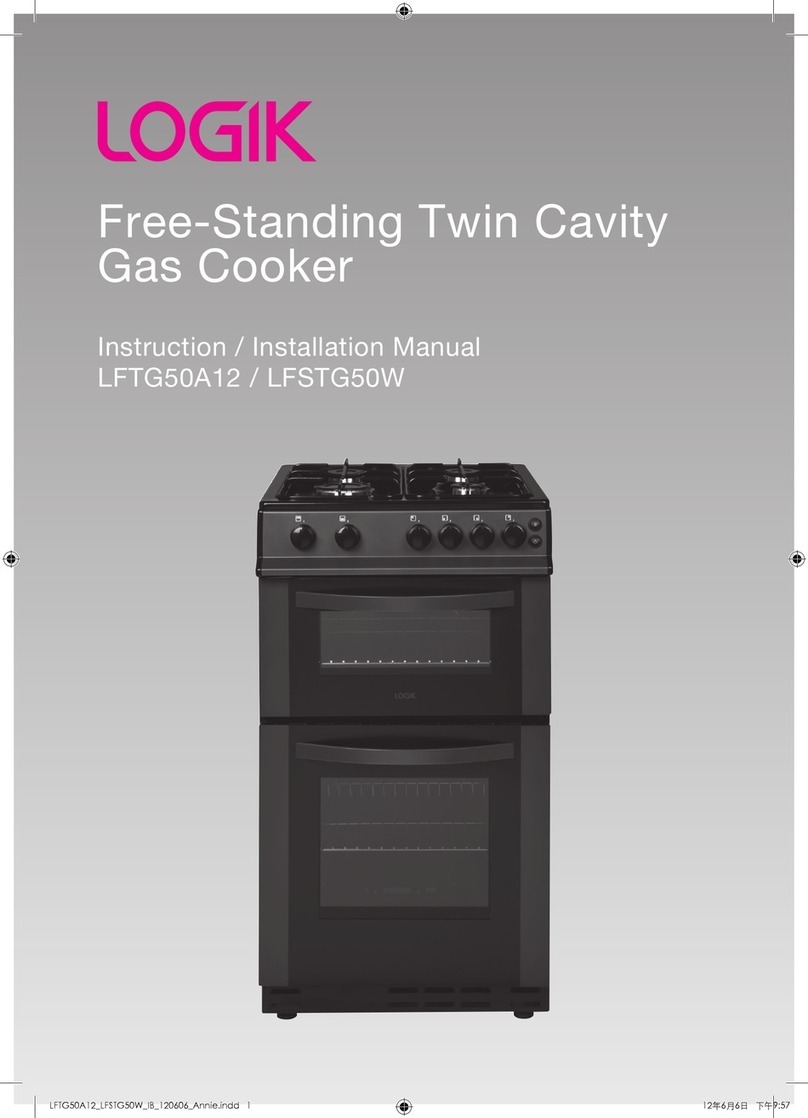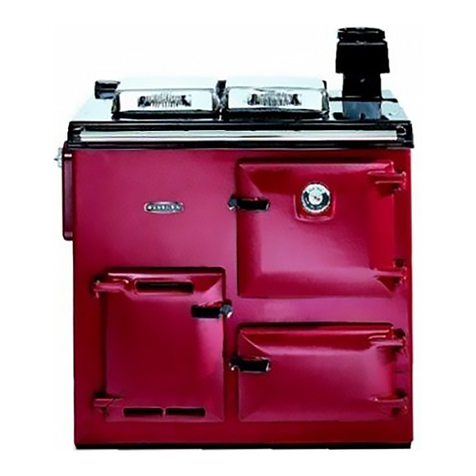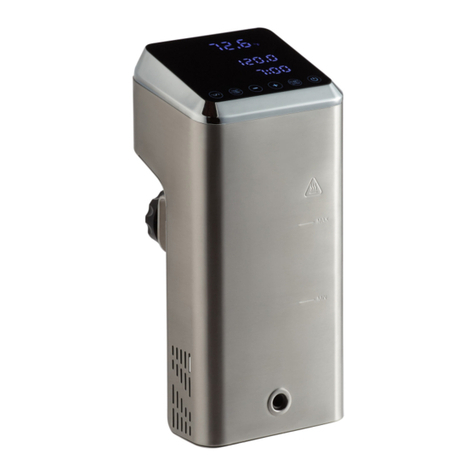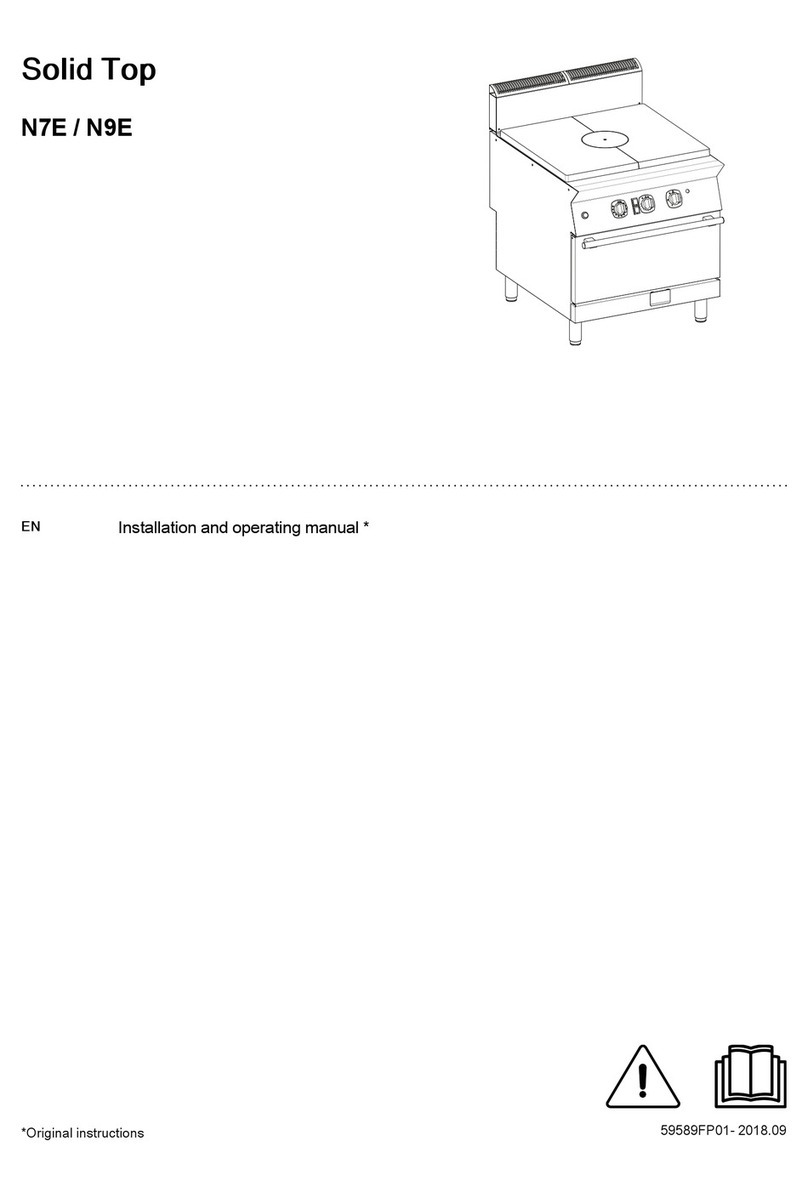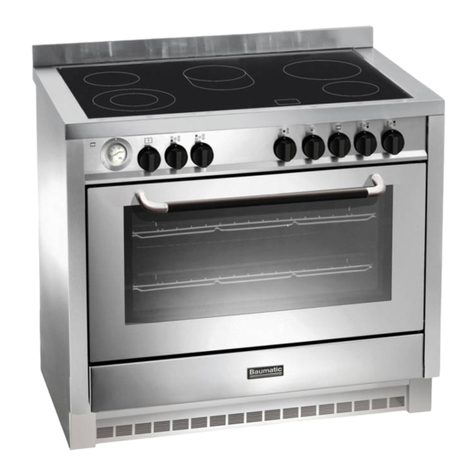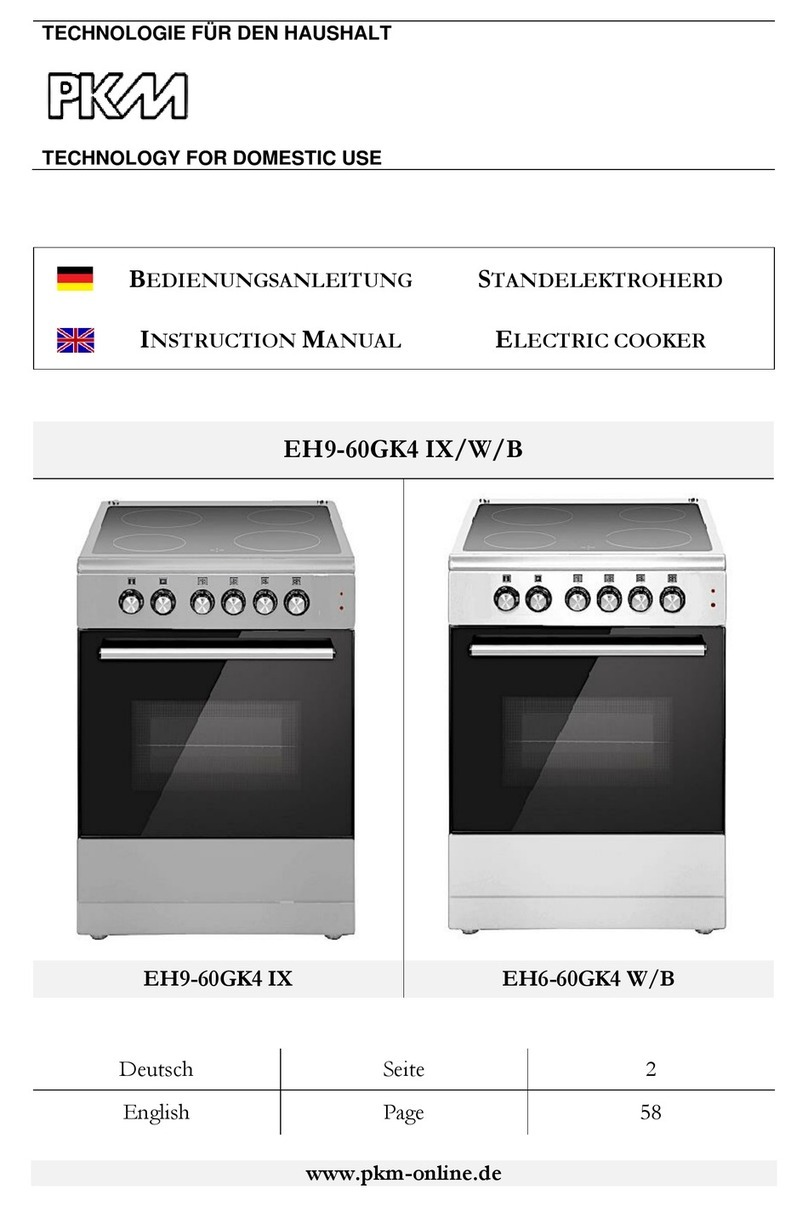
Safety en
3
Table of contents
1 Safety ....................................................................3
2 Preventing material damage ...............................6
3 Environmental protection and saving en-
ergy .......................................................................8
4 Induction cooking ................................................8
5 Installation and connection...............................10
6 Familiarising yourself with your appliance ......11
7 Accessories........................................................15
8 Before using for the first time ...........................16
9 Operating the hotplate.......................................17
10 CombiZone .........................................................19
11 Move function.....................................................19
12 Time-setting options..........................................20
13 PowerBoost........................................................21
14 Childproof lock...................................................21
15 Locking the control panel for cleaning.............21
16 Individual safety switch-off ...............................22
17 Basic settings.....................................................22
18 Energy consumption display ............................23
19 Checking the cookware .....................................23
20 PowerManager function.....................................24
21 Basic operation ..................................................24
22 Rapid heating .....................................................24
23 Time-setting options..........................................25
24 Programmes .......................................................26
25 Childproof lock...................................................28
26 Basic settings.....................................................28
27 Cleaning and servicing......................................29
28 Cleaning aid........................................................31
29 Rails ....................................................................32
30 Appliance door...................................................33
31 FAQs ...................................................................35
32 Troubleshooting.................................................37
33 Transportation and disposal .............................39
34 Customer Service...............................................40
35 How it works.......................................................40
1 Safety
Observe the following safety instructions.
1.1 Intended use
Read the information on intended use to en-
sure that you use the appliance correctly and
safely.
The figures in these instructions are intended
for information purposes.
Only a licensed professional may connect ap-
pliances without plugs. Damage caused by in-
correct connection is not covered under the
warranty.
Only use the appliance as follows:
¡To prepare meals and drinks.
¡Under supervision. Never leave the appli-
ance unattended when cooking for short
periods.
¡In private households and in enclosed
spaces in a domestic environment.
¡Up to an altitude of max. 4000m above
sea level.
Do not use the appliance:
¡On boats or in vehicles.
¡as a room heater.
¡with an external timer or a remote control.
You cannot operate the appliance with a timer
or remote control.
If you wear an active implantable medical
device (e.g. a pacemaker or defibrillator),
check with your doctor that it complies with
Council Directive 90/385/EEC of 20th June
1990, EN 45502-2-1 and EN 45502-2-2, and
that it has been chosen, implanted and pro-
grammed in accordance with VDE-AR-E
2750-10. If these conditions are satisfied, and
if, in addition, non-metal cooking utensils and
cookware with non-metal handles are used, it
is safe to use this induction hob as intended.
If these conditions are satisfied, and if, in ad-
dition, non-metal cooking utensils and cook-
ware with non-metal handles are used, it is
safe to use this induction hob as intended.
Always place accessories in the cooking com-
partment the right way round.
1.2 Restriction on user group
This appliance may be used by children aged
8 or over and by people who have reduced
physical, sensory or mental abilities or inad-
equate experience and/or knowledge,

